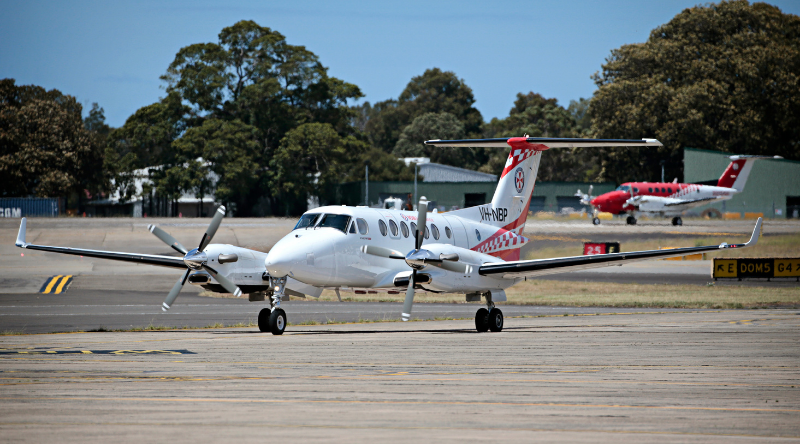
They are the brand new Fixed Wing Operations aircraft that have been likened to “a hospital in the sky”.
From January 1 next year, five new King Air 350 fixed wing aircraft are set to take flight throughout NSW.
The new aircraft – which will replace two older version King Air 350s and three smaller B200s – will be based at Mascot Base.
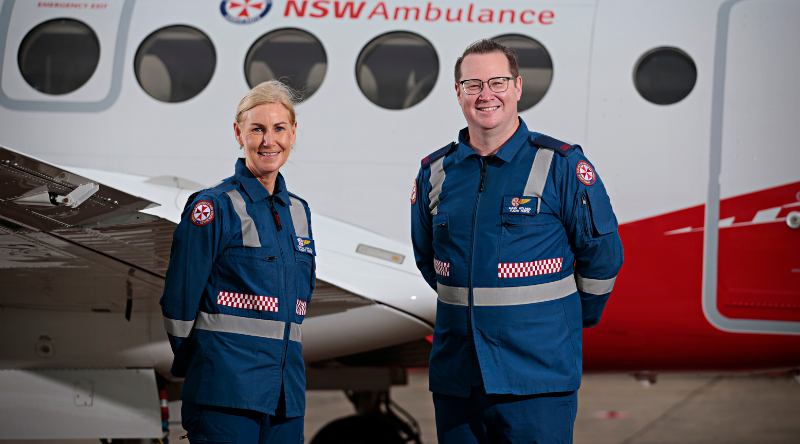
Paula Sinclair, Director of Fixed Wing & Aeromedical Control Centre, said the new aircraft will be of huge benefit to NSW Ambulance flight nurses, pilots and, of course, the patients.
“These new ones all have state-of-the-art avionics (the aircraft’s electronic systems) and safety equipment,” Paula said.
“We’ve also made some modifications – through lessons learned over the years – with our medical fit-out, for the patients in the back of the aircraft. This will help us to further provide timely patient care for the community across all of NSW.”
“With the medical fit-out it basically allows fixed wing clinicians, who are predominantly all flight nurses with extensive experience as well as being midwives, to deliver a service that is basically like a hospital in the sky.”
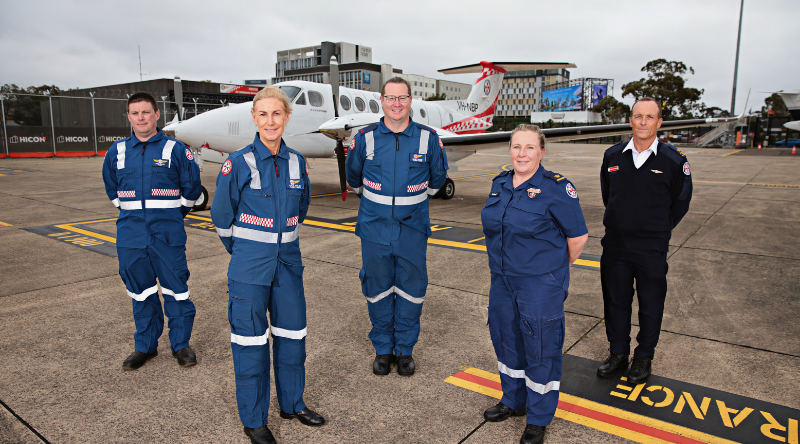
Paula said the new fixed wing planes – capable of carrying two stretcher patients and three sitting patients at any given time - are also fitted with a new loading arm, which ensures no manual lifting is required to get the patient in and out of the aircraft.
“With this type of aircraft it allows us to land on commercial airports but also smaller runways throughout all of NSW,” she said.
“The range and speed of the aircraft basically delivers us the best type of aircraft for the work we do.”
NSW Ambulance Flight Nurse Midwife Educator Mark Holmes is one of the 38 flight nurses looking forward to utilising the new features these planes offer beyond the exisiting ones.
Mark, along with the other flight nurses and the 26 pilots who will operate the fleet of planes, have already had a chance to experience what they offer through nurse-led Mission Readiness Training.
The training involves the simulation of critical care patient transfers, allowing flight nurses, pilots and engineers to get accustomed to the aircraft ahead of their planned operational launch at the start of next year.
“The cabin has been 100 per cent nurse-designed with our patients in mind,” Mark said.
“We will see a huge benefit for the patients and the people of NSW because the nurses have been instrumental in designing that and we will be able to offer a faster, more comfortable, better service to the people of NSW.
“We are also excited to get our windows back for our patients to see the beautiful countryside when they’re not too sick (a feature not available in the current fleet of aircraft).”
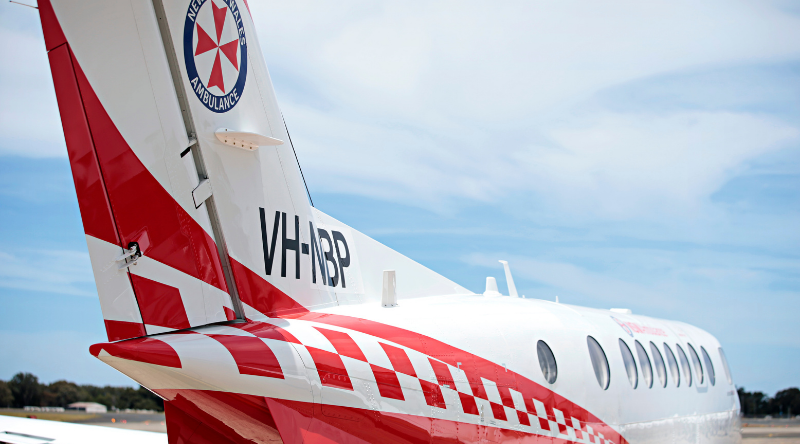
From a pilot’s perspective, Rian Potter has also welcomed the improvements these aircraft offer.
“The speed and efficiency these King Airs operate at really allows us to get to those places that may otherwise be only accessible if travelling by road for eight or nine hours,” he said.
“They have state-of-the-art avionic suites that is an update to the previous model we are currently operating. That allows the aircraft that versatility and flexibility to do things a bit better.”
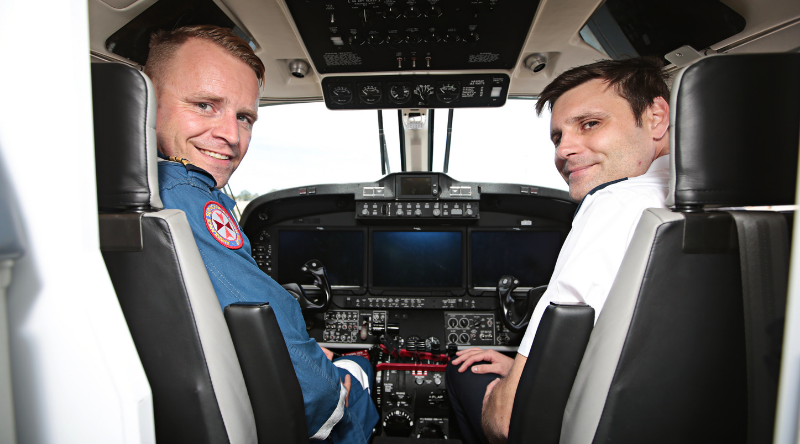
Given Fixed Wing Operations conducts over 6000 jobs per year, which includes 10 shifts per day, Rian said it was important to have a high-performing aircraft – particularly when each job consists of just one pilot and one flight nurse.
“I put all the clinical trust in their (flight nurses) assessment of the patient and the patient’s needs, and they put all of their trust in my assessment of the weather and the aircraft needs….it’s quite a special thing.”
